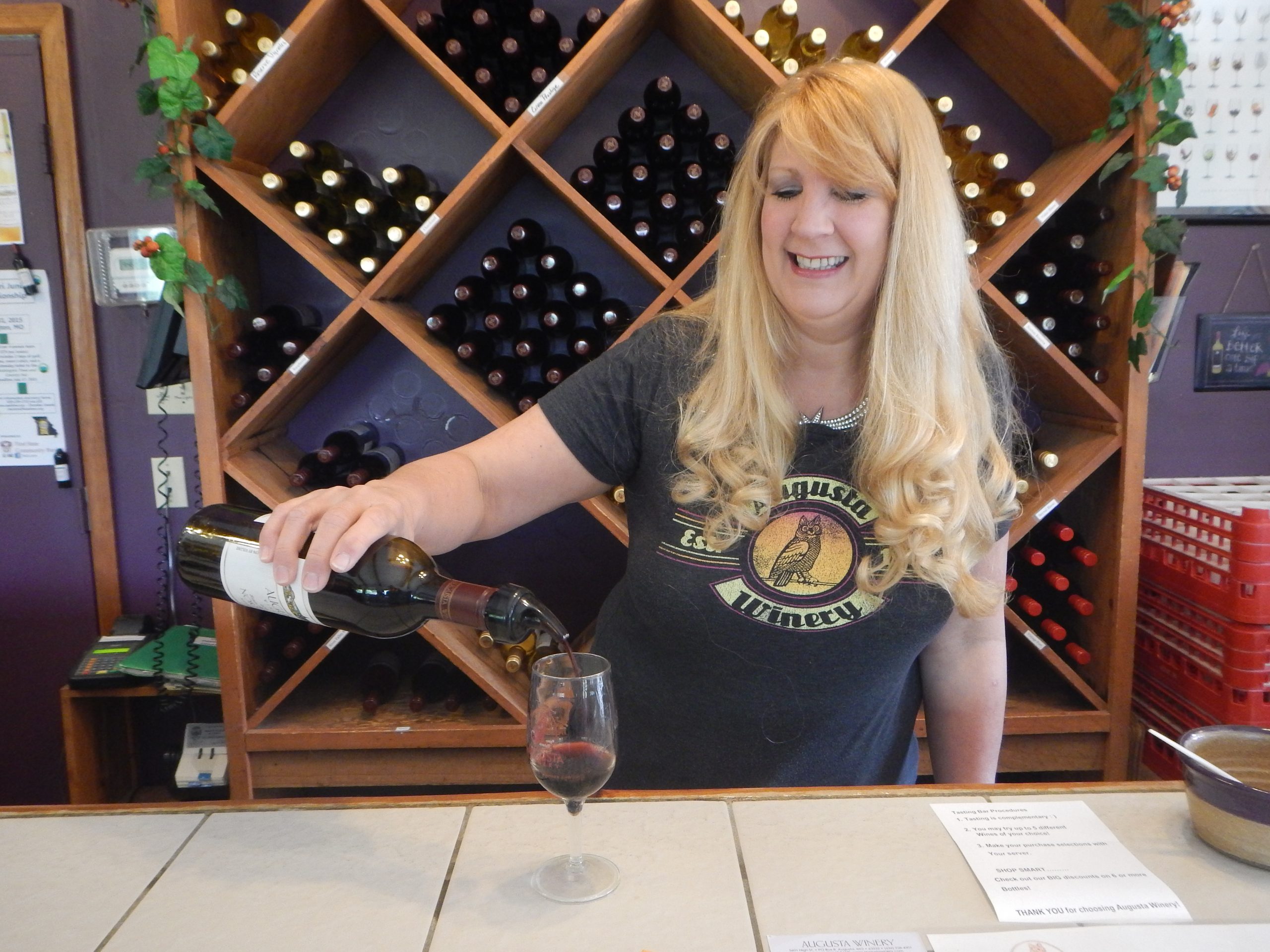Growing Vignoles on a Commercial Scale
This is the first of two part series about Vignoles from Andrew Meggitt, executive winemaker at St. James Winery in St. James, MO. Next month, look for the second story titled, “How the Wine Industry Can Bring the Vignoles Grape Out of the Shadows.”
The Vignoles grape is an up-and-coming favorite among wine enthusiasts, but the prospect of growing this finicky fruit on a commercial scale can be daunting to growers unfamiliar with its quirks.
At St. James Winery, we are currently farming 22 acres of Vignoles, and we have more to be planted in the next few years. We recently won the 2015 Missouri Governor’s cup with the 2014 Vignoles, and have become a leader in growing these specialty grapes on a commercial scale, and our growing formula is simple: don’t stress the plant, keep crop levels balanced, and keep the fruit clean.
The real secret to successfully growing Vignoles commercially, though, is customizing your production to your winery’s climate.
With the right information, tools, and attention, growing these grapes can be rewarding – and even feasible on a commercial scale. Here are a few of the lessons we are still learning growing this varietal:
1. Know the grape. Vignoles, like many grape varietals, performs better in some regions and growing conditions than in others. They require plenty of heat, preferring warm summer days that reach 85-95 degrees Fahrenheit. This makes them well suited to the Missouri Ozarks where we’re located and even southern parts of Illinois.
Vignoles require constant attention and manipulation – we walk through our vineyards every day to check on the fruit. The temperamental Vignoles grapes are prone to many diseases, including botrytis and black rot. It’s important to keep a close eye on the plants and spray them as required.
Understanding the volatile nature of the Vignoles grape and paying close attention to the fruit through every stage of the growing process is essential to successful cultivation on any scale.
2. Modify your methods. Traditionally, Vignoles were grown on the Geneva Double Curtain trellis system with rows spaced 9-10 feet apart. This system limits air movement throughout the vineyard and is unforgiving should you not pay close attention to this fickle grape.
Here in the hot, humid Ozarks, the Vignoles require more airflow than the GDC system can provide. Because they grow in tight clusters, limited airflow can drastically increase the grapes’ chances of becoming diseased. There are many climates and varieties to which GDC is suited – but experience has shown it isn’t for the Vignoles at our winery.
Instead, we converted our Vignoles blocks to High Wire Bilateral Cordon trellises four years ago. Since the switch, we’ve seen fruit quality improve immensely: HWBC has allowed us to open our canopies, increase airflow, and expose the fruit to sunlight early. Improved flavor intensity is a result of this more balanced canopy. We have seen more uniform ripening curves and better vine balance. The HWBC system has substantially improved our wine quality and is a solid choice for growing Vignoles in a variety of weather conditions.
The key to improving our Vignoles fruit and wine quality was straying from the status quo and altering our growing and vintification methods to suit our climate and soil conditions.
3. Experiment with varieties. Vignoles can produce a wine to suit everyone. In our winery, we make sweet, off-dry, and dry wines from the grapes. We keep each vineyard separate, and in some cases, we separate vineyard blocks based on crop level and different qualities within that vineyard site.
Varying the styles of our Vignoles wines and paying special attention to the different qualities helps make the Vignoles appeal to a wider audience, making it more commercially viable.
Whatever your taste preference, Vignoles can produce a great wine to suit it. Growing these grapes is an exercise in patience, but it’s not impossible. Learn about the grape, understand your growing conditions, and keep a close eye on your crops – you’ll be well on your way to producing a bumper crop of an up-and-coming wine.
Andrew Meggitt is an executive winemaker at St. James Winery in St. James, Mo. A native of New Zealand, he joined St. James Winery in 2002 and has been producing wines for more than 20 years.


